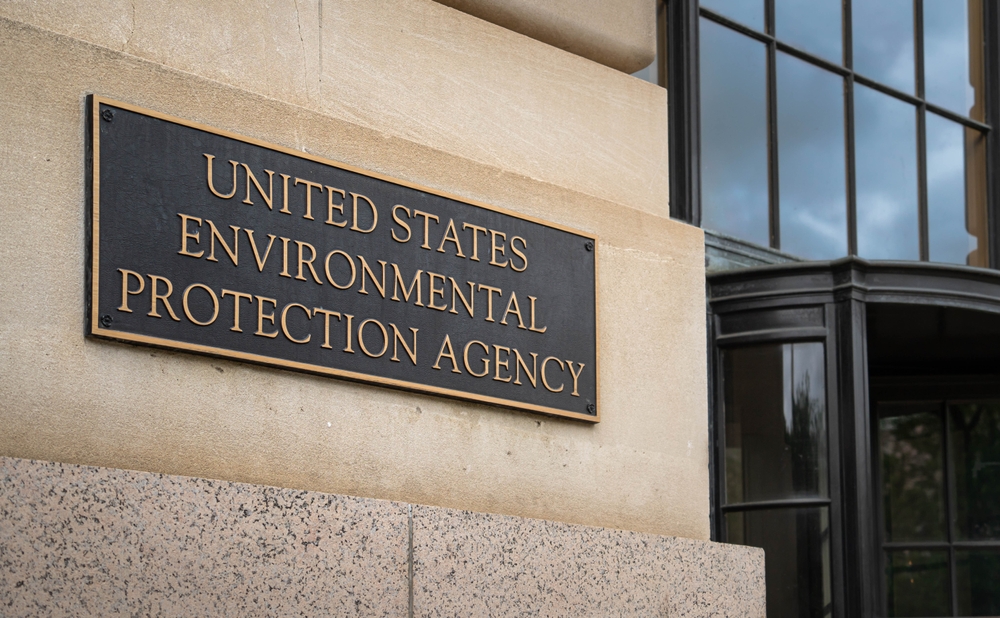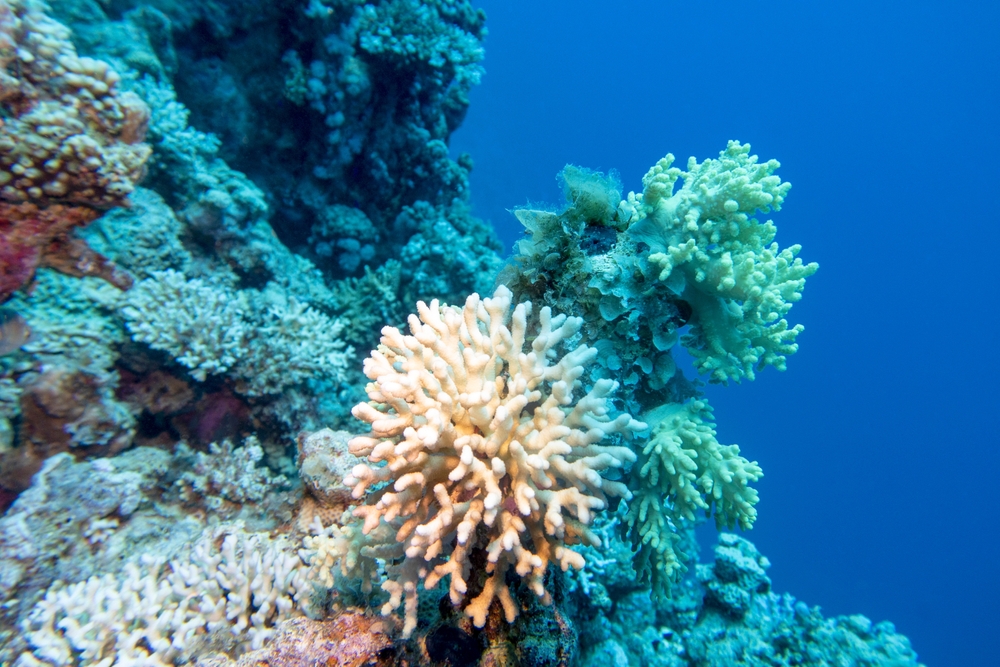Even before Jurassic Park, many have fantasized about cloning endangered animals. Science fiction made this seem too simple, easily copying a complex creature from recovered DNA. Now, that fantastical process is not so far off.
Researchers have cloned the world’s first mice from freeze-dried skin cells, giving hope and an insurance policy to naturalists and conservationists around the world.
Cloning and preserving species
With so many animals and species at risk, this discovery is a valuable safeguard against extinction.
This process is unique because it uses freeze-drying to store skin cells, whereas before samples were kept using liquid nitrogen, which is expensive and risky. If conditions aren’t kept just so with liquid nitrogen, cells melt and become unstable. Also, being able to reliably keep skin cells means that almost all species can have a chance at cloning since freeze-drying samples like sperm isn’t an option for all species.
“If these cells can be preserved without liquid nitrogen using freeze-drying technology, it allows genetic resources from around the world to be stored cheaply and safely,” said Prof Teruhiko Wakayama who led the work at the University of Yamanashi in Japan. “Developing countries will be able to store their own valuable genetic resources in their own countries. Also, even in endangered species where only males survive, this technology can be used to create females to revive the species.”
Freezing for the future
In the latest research, scientists kept freeze-dried skin cells from the tails of mice for nine months before attempting to use them to make clones. The process kills the cells, but scientists were still able to create early-stage embryos from them. These were used to create stem cells which were inserted into mouse eggs and then inserted into surrogate mice to gestate.
The first cloned mouse was named Dorami, after a robot in the Doraemon Manga series. Dorami was followed by 74 others, who were proven to be healthy when they bred with others. The process still needs some work, as it kills the skin cells and healthy female and male mouse pups can only be created with a 0.2 to 5.4% success rate.
Still, the development bodes well for other ongoing attempts to clone at-risk and endangered species, such as the black-footed ferret, whose genetic diversity scientists are trying to boost.
Source Study: Nature Communications — Healthy cloned offspring derived from freeze-dried somatic cells | Nature Communications












